Big industries killing Halda
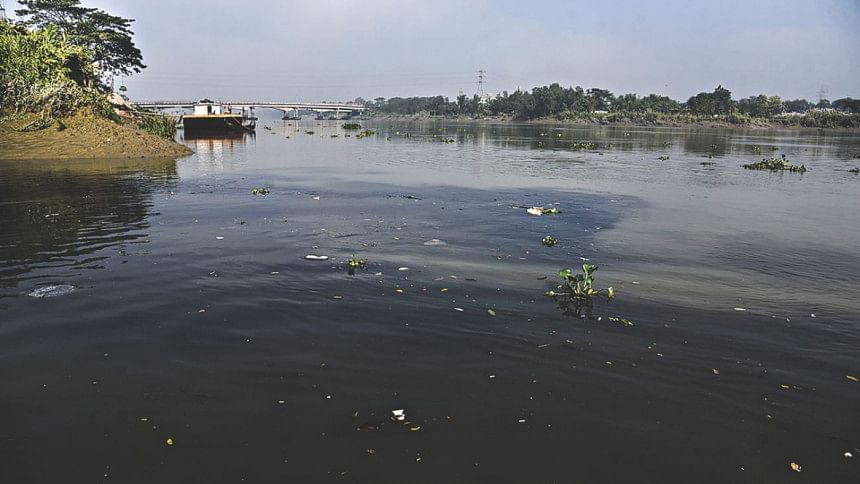
Waste from large factories and a housing estate are polluting the Halda river in Chattogram to the extent that it caused fish die-offs, according to a report of the Department of Environment.
The pollution of the Halda, the only place in the country from where naturally laid carp eggs are collected for hatching, has led to at least 250 fishermen losing their livelihood.
After a large number of dead fish and aquatic mammals were found floating in the river in June last year, the DoE launched a probe and found Anannya Housing Estate, Abul Khair Consumer Goods, KDS Textile Mills Ltd, Madina Tannery, and Hathazari 100MW Peaking Power Plant directly responsible for polluting the river.
Earlier in September 2017, the DoE asked its Chattogram branch to take action against the polluting factories within a month, but nothing has happened since.
Abul Khair Consumer Goods and KDS Textile in Bayazid area were polluting the river by dumping effluents into the Khondokia canal via drains, the report said. The Khondokia canal was found to be the most polluted among the 18 canals connected to the Halda.
The investigation team found that effluent from the Hathazari 100MW Picking Power Plant was causing dissolved oxygen of the nearby canal to plummet.
It paid a visit to Chattogram Asian Paper Mills in Hathazari, but did not see any effluent being dumped by the factory touted to be a zero-discharge plant. But even though there were no heavy industries in the neighbourhood, a stream and the Madari canal nearby were found heavily polluted by industrial waste.
This means, the Paper Mills is the likely source of the pollution.
The probe body collected samples from 42 spots over two weeks and sent the samples to the DoE lab for tests. The tests revealed that seven of the canals -- Khondokia, Krishna, Madari, Katakhali, Kuyaish, Bamonsahi and Porakpali canals -- were seriously polluted.
At upstream Khondokia canal, dissolved oxygen (DO) was found to be 1.61mg per litre against the minimum requirement for 5mg. The level was 2.09mg per litre downstream.
The level of ammoniacal nitrogen, an indicator of liquid industrial waste, was found alarmingly higher than the permissible limit in Khondokia, Madari, and Katakhali canals.
Even though Anannya Housing Estate is not yet completely populated, the sample the probe team collected at its main sewage line had 0.17mg of dissolved oxygen.
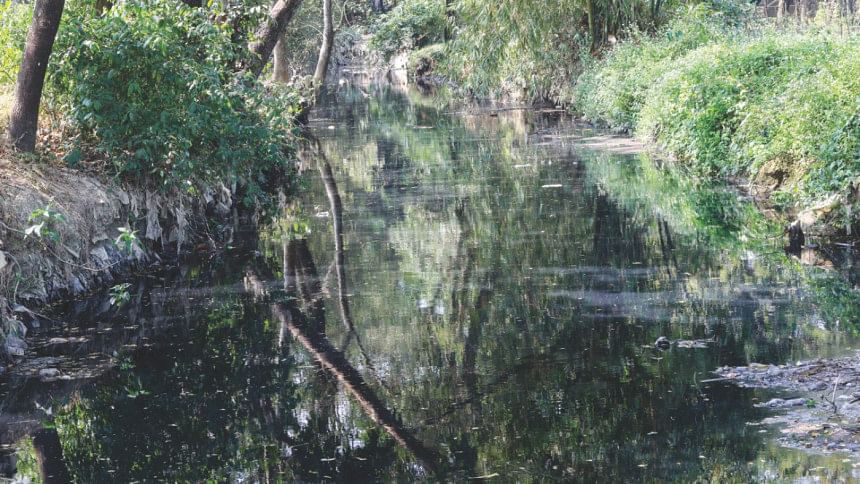
The probe team feared pollution by the estate would take a turn for the worse when more people started living there.
It found evidence that Madina Tannery, which was shut down and sealed off for polluting the environment and not using an effluent treatment plant (ETP), was secretly running, and its waste was ending up in the Halda via Khondokia canal.
Makhan Banic, chief engineer of KDS Textile, told The Daily Star that their ETP was fully functional and operating and that there was no possibility of untreated effluent getting released.
“Our system is to ensure the treatment of water. We comply with Accord and Alliance [two western buyers' platforms working to improve workplace safety in Bangladesh] that monitors our operations,” he claimed.
Imrul Kader Bhuinya, senior HR and admin officer at Abul Khair group, told The Daily Star that it was impossible for their factory to release toxic chemicals that could harm the water body.
“We just make juice and powdered milk which could not contaminate the water. There are many factories, including textile and steel, near us. They are to blame,” he said.
MA Salam, managing director of Asian Paper Mills Ltd, said they were working with Chattogram DoE on the matter.
“We obtained Zero Discharge certificate from the environment department in December,” he said, adding that some effluents used to be released before but now the ETP has been made fully functional.
Shafiuddin Ahmed, managing director of Hathazari 100MW Picking Power Plant, said they had all the necessary setups to treat effluent. There is no chance of waste going into any water bodies, he claimed.
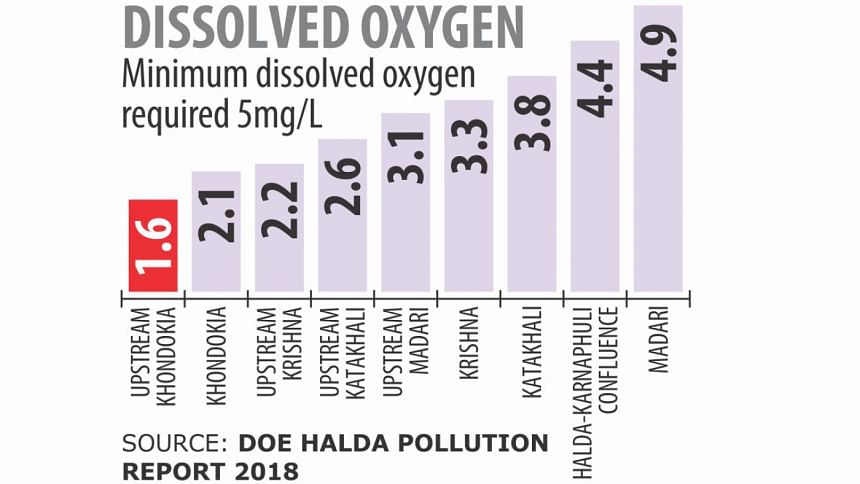
No official of Madina Tannery could be contacted for comments.
Abdus Salam, chairman of the Chattogram Development Authority, said they formed a committee to assess the extent of the pollution by Anonna Housing Estate. “We will act on the final report.”
But the fact remains that the pollution is affecting fish and aquatic mammals as well as livelihoods.
Sudir Das, a community leader of a fishing village at Madari Mukh, at the confluence of Madari canal and the Halda, told The Daily Star that 250 people of 40 families in his village had become destitute as they could no longer live off the water bodies.
“There is a ban on fishing in the Halda. That is why we used to fish in Madari canal. For the last eight years, we could not even go to the canal let alone fish there due to the pollution,” Sudir said.
Prof Manzoorul Kibria, a researcher of Halda, told The Daily Star, “Pollution tops the list of problem being faced by the river. Asian Paper Mill is the worst polluter. If the impunity enjoyed by the factories continues, we will see Halda devoid of fish fry one day.”
Sultan Mahmud, director general of the DoE, told The Daily Star that they would take action as per the law.
“We will not allow any more pollution of the Halda,” he added.

 For all latest news, follow The Daily Star's Google News channel.
For all latest news, follow The Daily Star's Google News channel. 


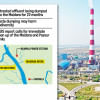
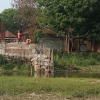
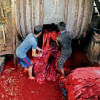


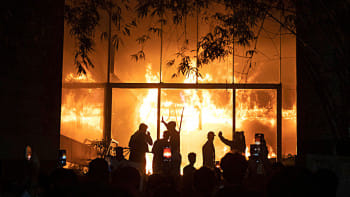
Comments